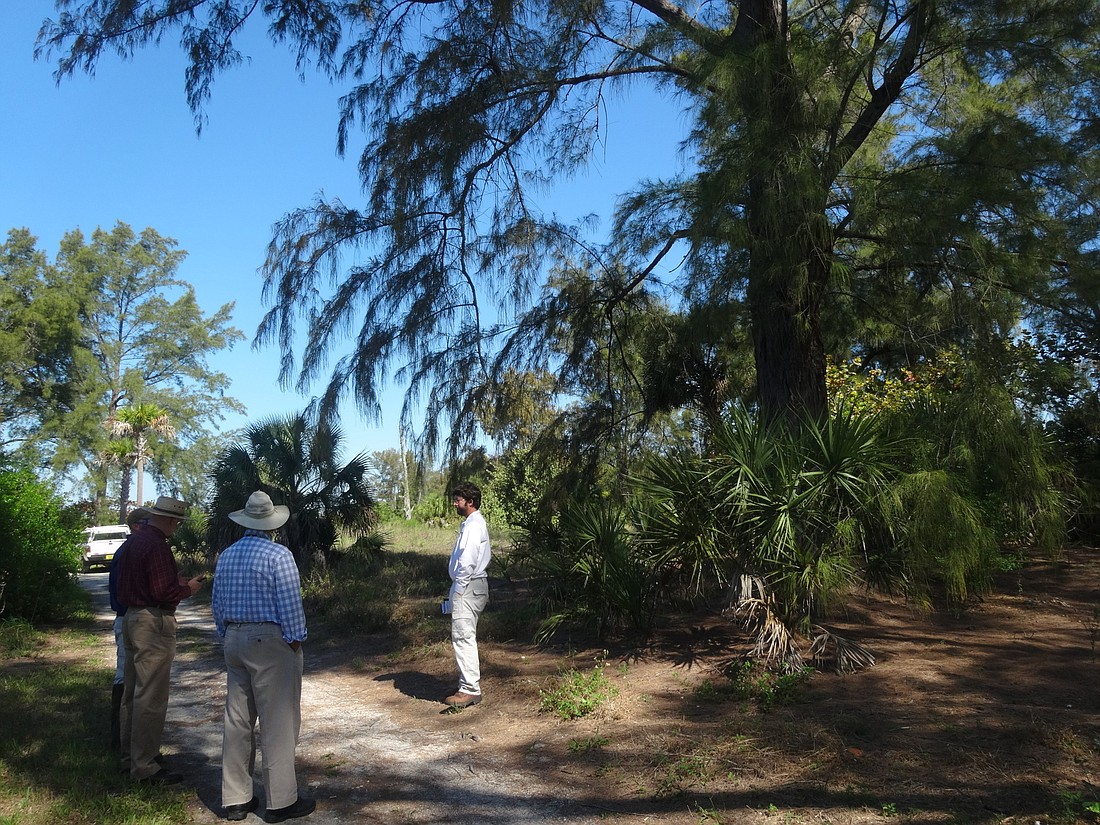- May 4, 2024
-
-
Loading

Loading

As city staff continues to draft new regulations concerning tree protection, residents are raising awareness of new tree-related concerns in hopes of getting their pet issues addressed.
On the city’s barrier islands, residents have said a shortcoming in the tree rules could negatively impact their natural environment. Lou Costa, who lives on Bird Key, believes the existing regulations are tailored for the mainland — which is a problem for the distinct ecosystem on the keys.
Specifically, Costa took issue with provisions that prioritized the planting of oak trees in residential neighborhoods. As Bird Key has worked to create its own tree-lined streets, the vast majority of residents have expressed their preference to install palm trees instead — and nobody has said they want to see oaks in the neighborhood, Costa said.
“Eighty-five percent of Bird Key trees are palms,” Costa said. “We feel a one-size-fits-all solution doesn’t work.”
The city’s Urban Design Studio is planning to incorporate more targeted plans for native planting into the forthcoming form-based zoning code, but in the meantime, staff is working on a shorter-term solution. As part of a series of proposed changes to the tree protection ordinance, the city incorporated a new regulation that would permit the installation of palms on the barrier islands.
“We feel a one-size-fits-all solution doesn’t work.” — Lou Costa
The new rule states that palm trees cannot be used as mitigation for the removal of canopy tress on the mainland. However, on Bird Key, St. Armands and Lido Key, Florida-friendly palms are listed as an acceptable replacement for those canopy trees — although they must be installed at a ratio of three palm trees for every canopy tree removed.
Tim Litchet, the city’s director of neighborhood and development services, said this particular proposed revision doesn’t have universal support. Despite some criticism from the Parks, Recreation and Environmental Protection Advisory Board, the entire series of tree ordinance revisions, 13 in total, will go before the city’s Planning Board for consideration in the near future.
“That wasn’t well-received by the parks board, but that’s still part of the proposal,” Litchet said.
The city is also working in other ways to address the distinct environment on the keys. In March, the city completed a $20,000 improvement project to remove invasive Australian pines at North Lido Beach, replacing them by planting native species. The project was funded in part with a $10,000 grant from the U.S. Forest Service.
Todd Kucharski, the city’s public works general manager, said it is particularly important to focus on promoting native species in a location in which the city is working to highlight the natural ecosystem. He’s called the North Lido Key flora an important long-term project for the city — an opportunity to let residents see what a slice of undeveloped land would look like.
“A lot of people think the natives aren’t as aesthetically appealing as the lush, tropical look,” Kucharski said. “But in a setting like that, almost like a preserve, you don’t want to fit in things that aren’t part of the natural environment.”